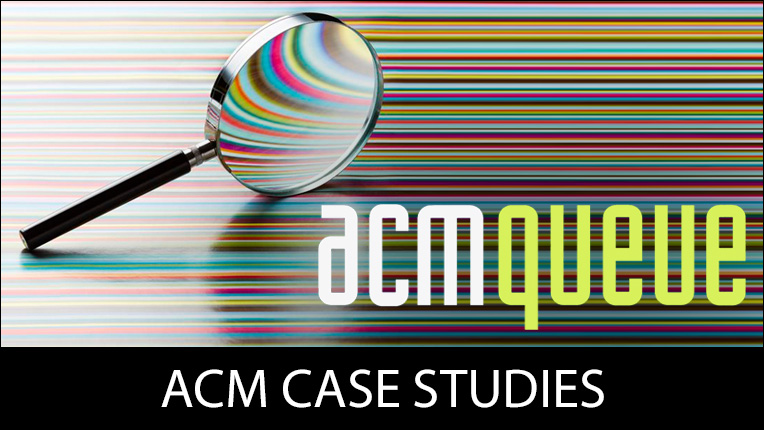What Chapter sub-types are available to Chapter Organizers?
Professional Chapter Organizers can form the following types of Chapters:
- General Interest/Geographic – Chapter Organizers want to attract as many computing professionals as possible in the same geographic area. It is likely that many different technical and professional areas will be addressed.
- Computing Topic – Chapter Organizers are interested in addressing specific technical and/or professional topics with computing professionals in the same geographic areas.
- Industry – Chapter Organizers want to address the technical and professional needs of computing professionals in a specific industry, e.g., healthcare, entertainment, financial, etc.
- Job Function – Chapter Organizers want to address the technical and professional needs of computing professionals who perform a similar job function, e.g., software testers, software developers, etc.
- Company – Chapter Organizers want to address the technical and professional needs of computing professionals centered within a company.
- ACM Special Interest Group – Chapter Organizers want to address the technical and professional needs of computing professionals interested in an area covered by one of ACM’S Special Interest Groups, e.g, SIGGRAPH, SIGCHI, SIGMOBILE, etc.
- ACM-W (Women’s Group) – Chapter Organizers want to specifically address the technical and professional needs of women in computing, and ally themselves with ACM’s Committee on Women in Computing.
Career Resource
Lifelong Learning
ACM offers lifelong learning resources including online books and courses from Skillsoft, TechTalks on the hottest topics in computing and IT, and more.

ACM Case Studies
Written by leading domain experts for software engineers, ACM Case Studies provide an in-depth look at how software teams overcome specific challenges by implementing new technologies, adopting new practices, or a combination of both. Often through first-hand accounts, these pieces explore what the challenges were, the tools and techniques that were used to combat them, and the solution that was achieved.

